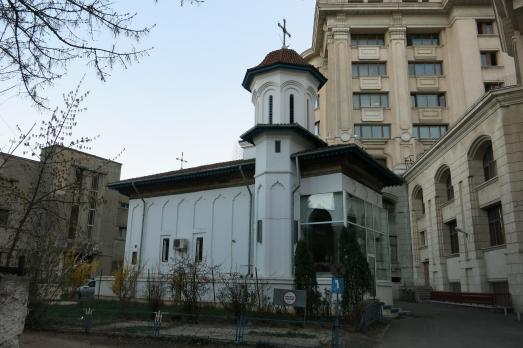Noyon Cathedral
Noyon, FR
Built from 1145, is one of the first milestones of Gothic architecture. is its transept, each arm of which ends with an apse. This architectural choice is a short-lived experience of the builders of the first Gothic generation, imitated only for the south arm of the cathedral of Soissons.













